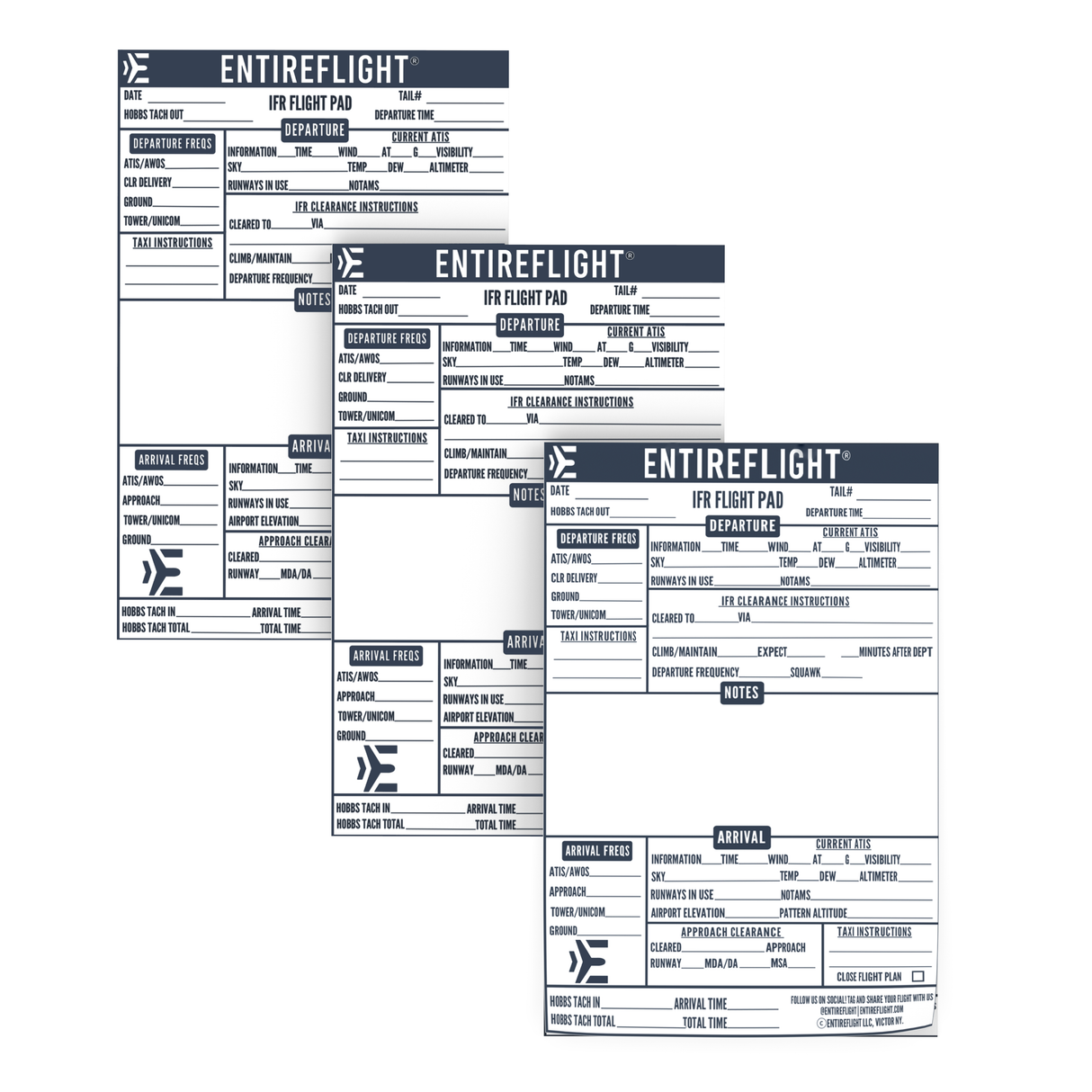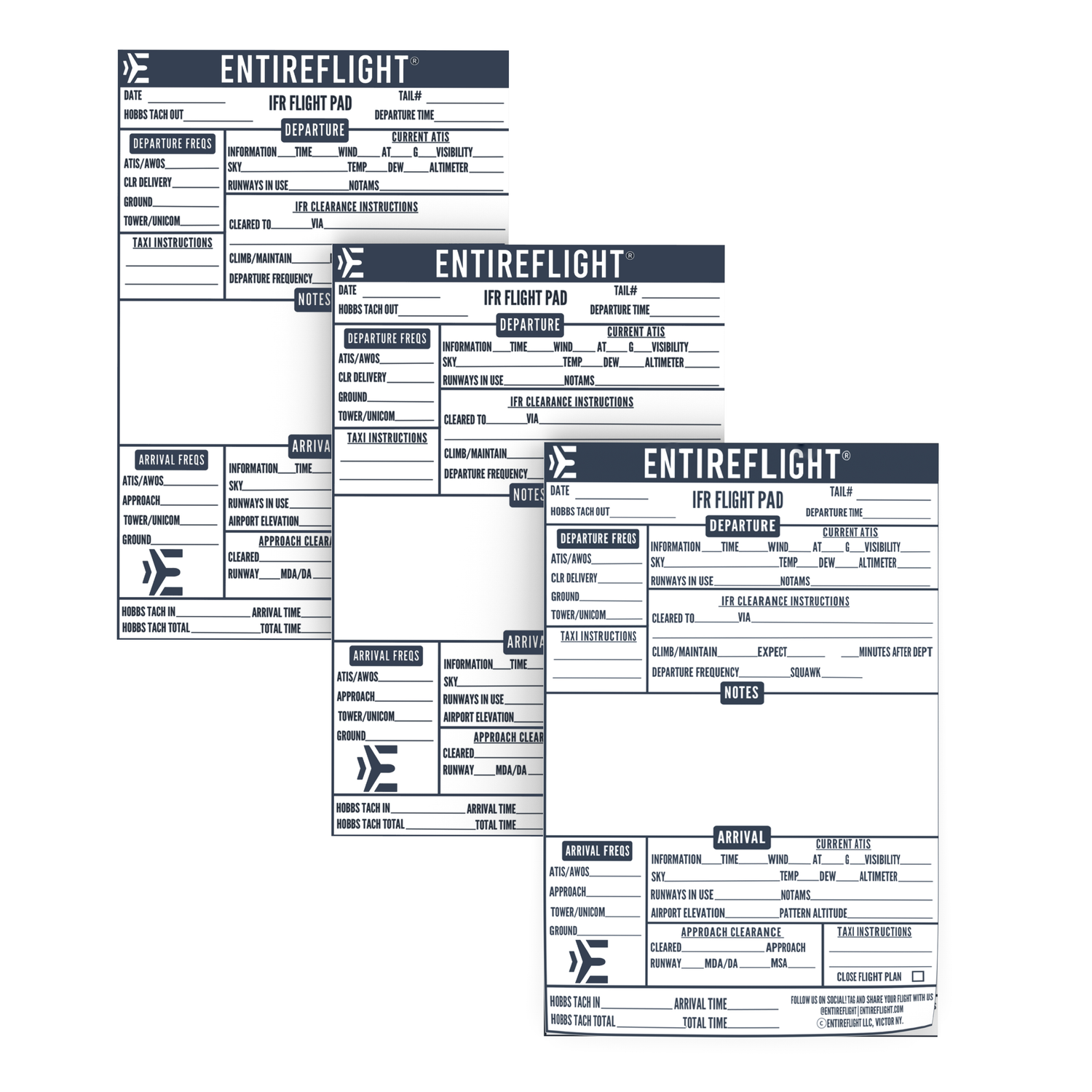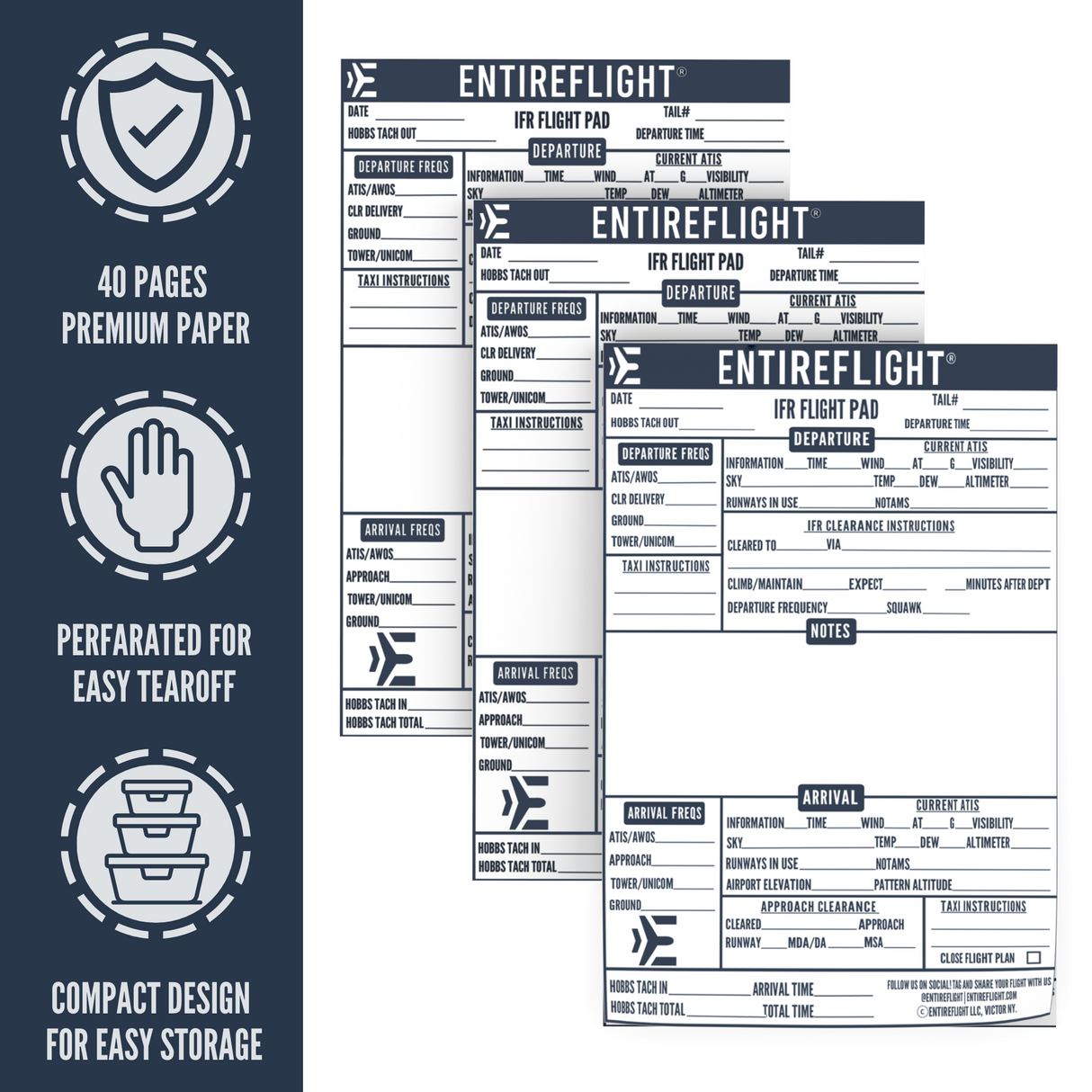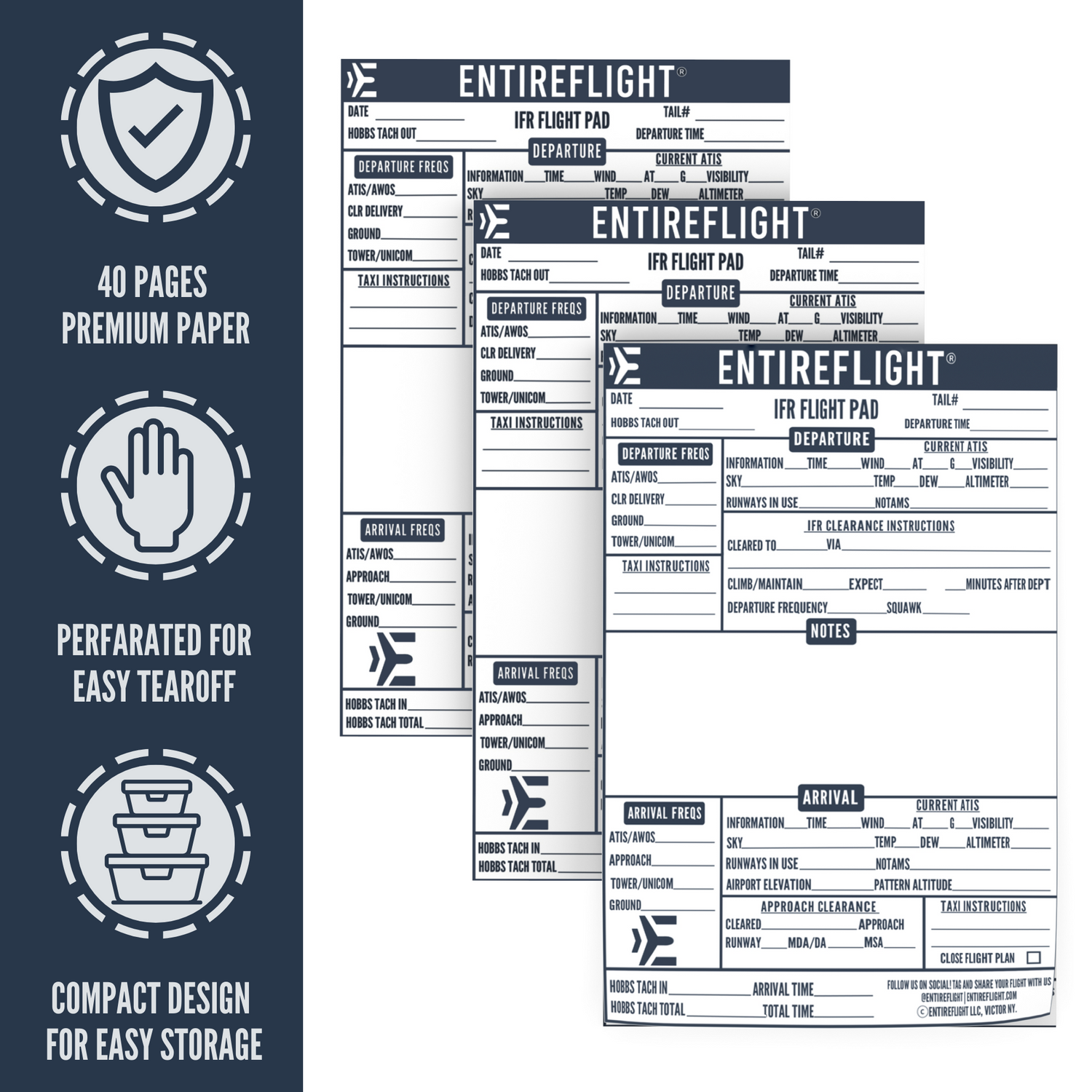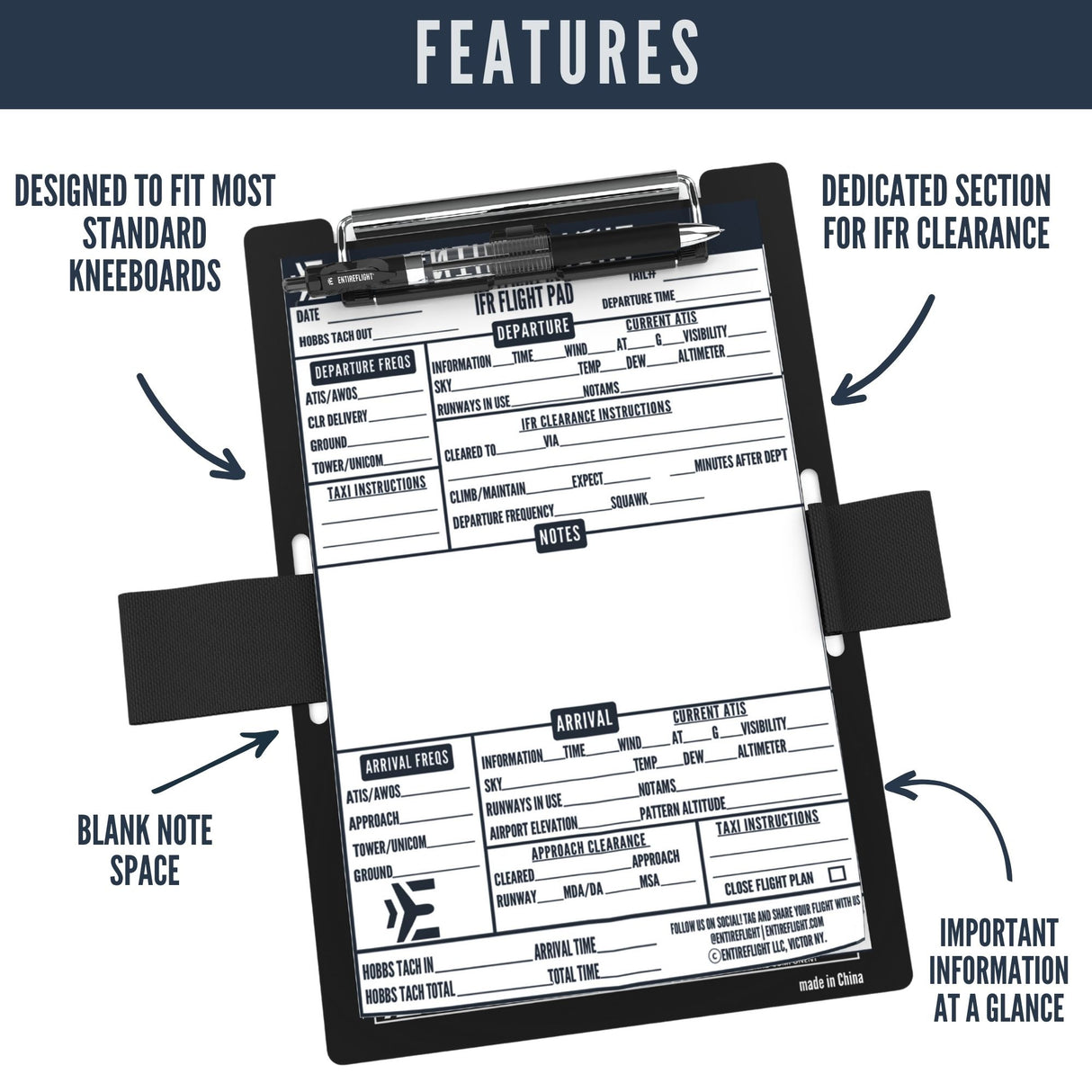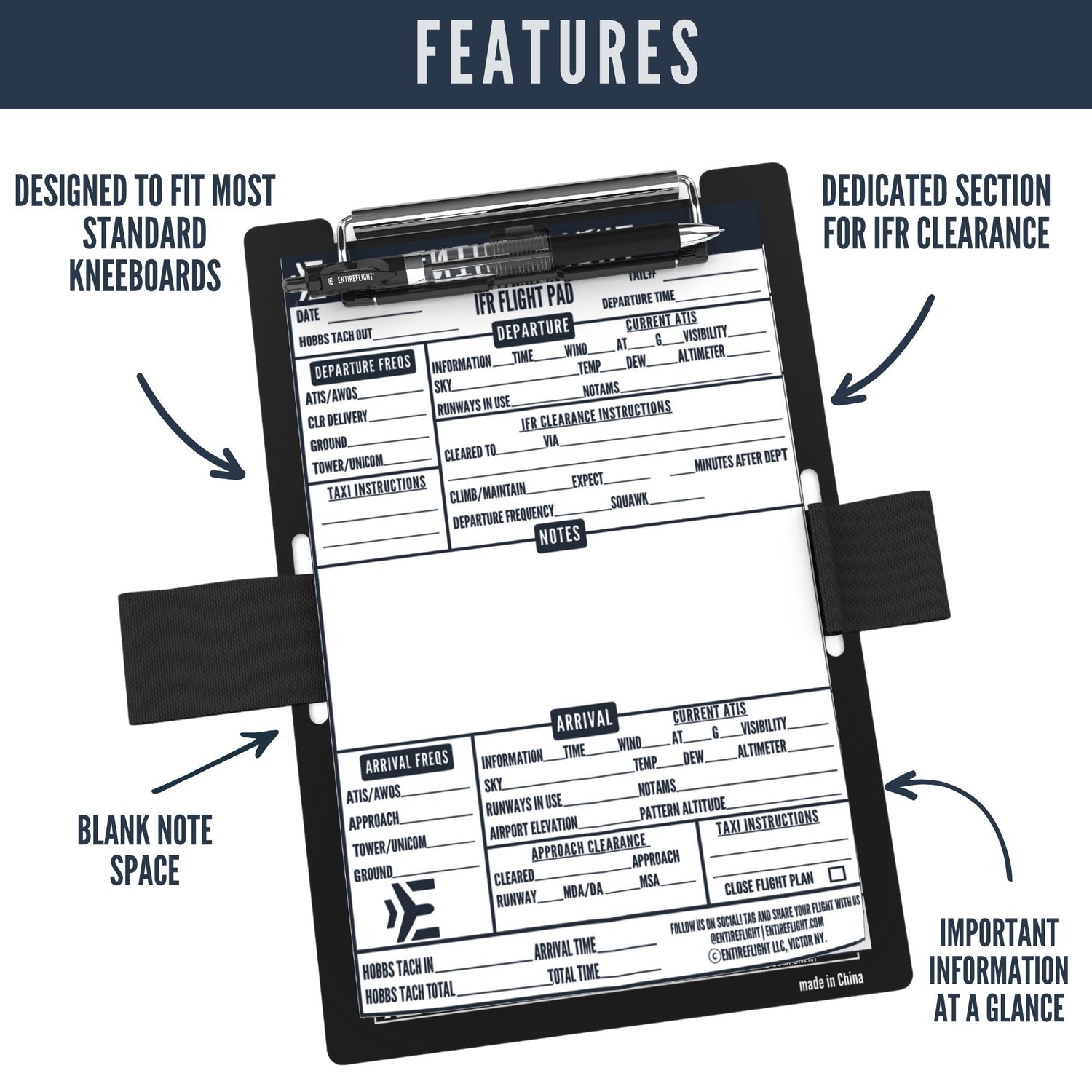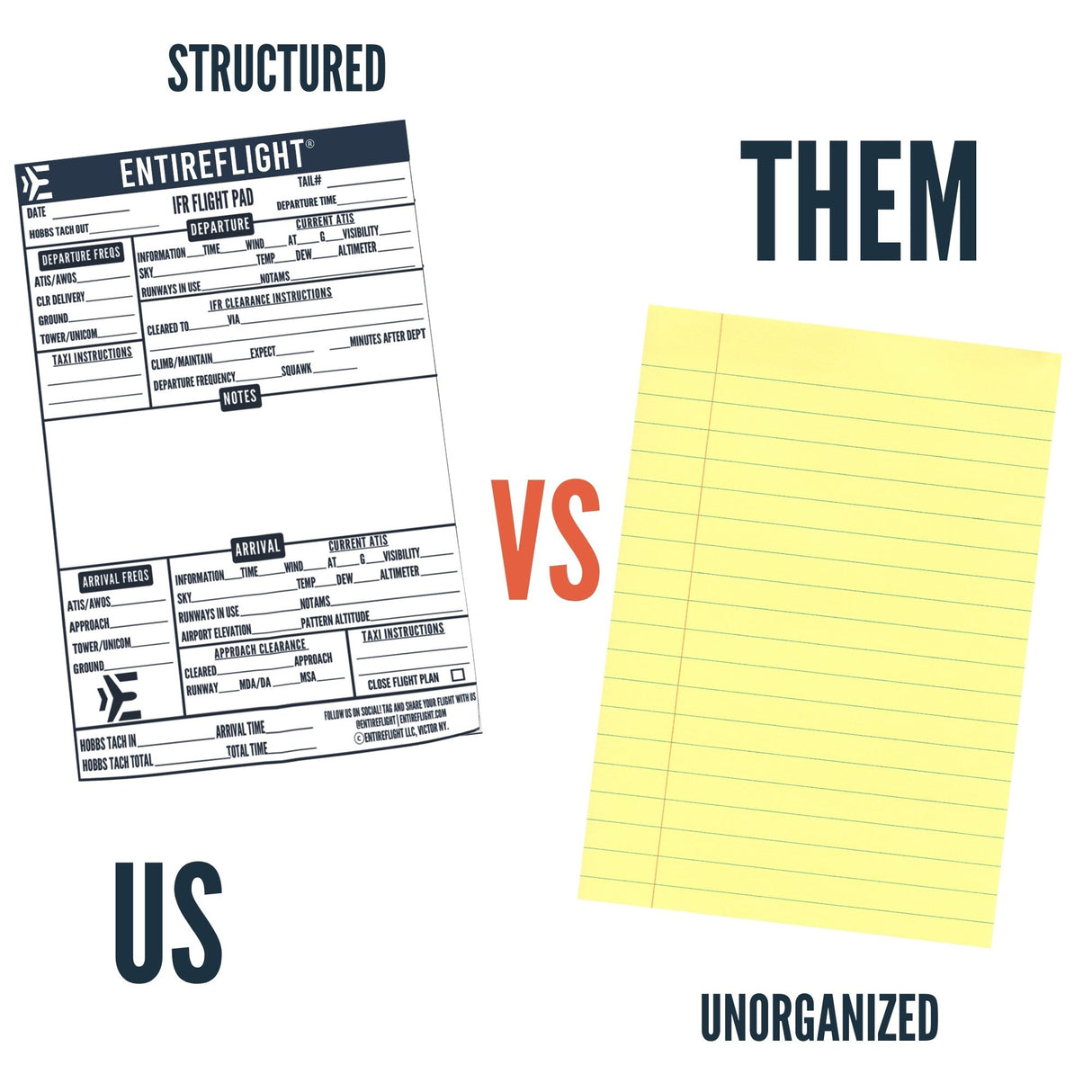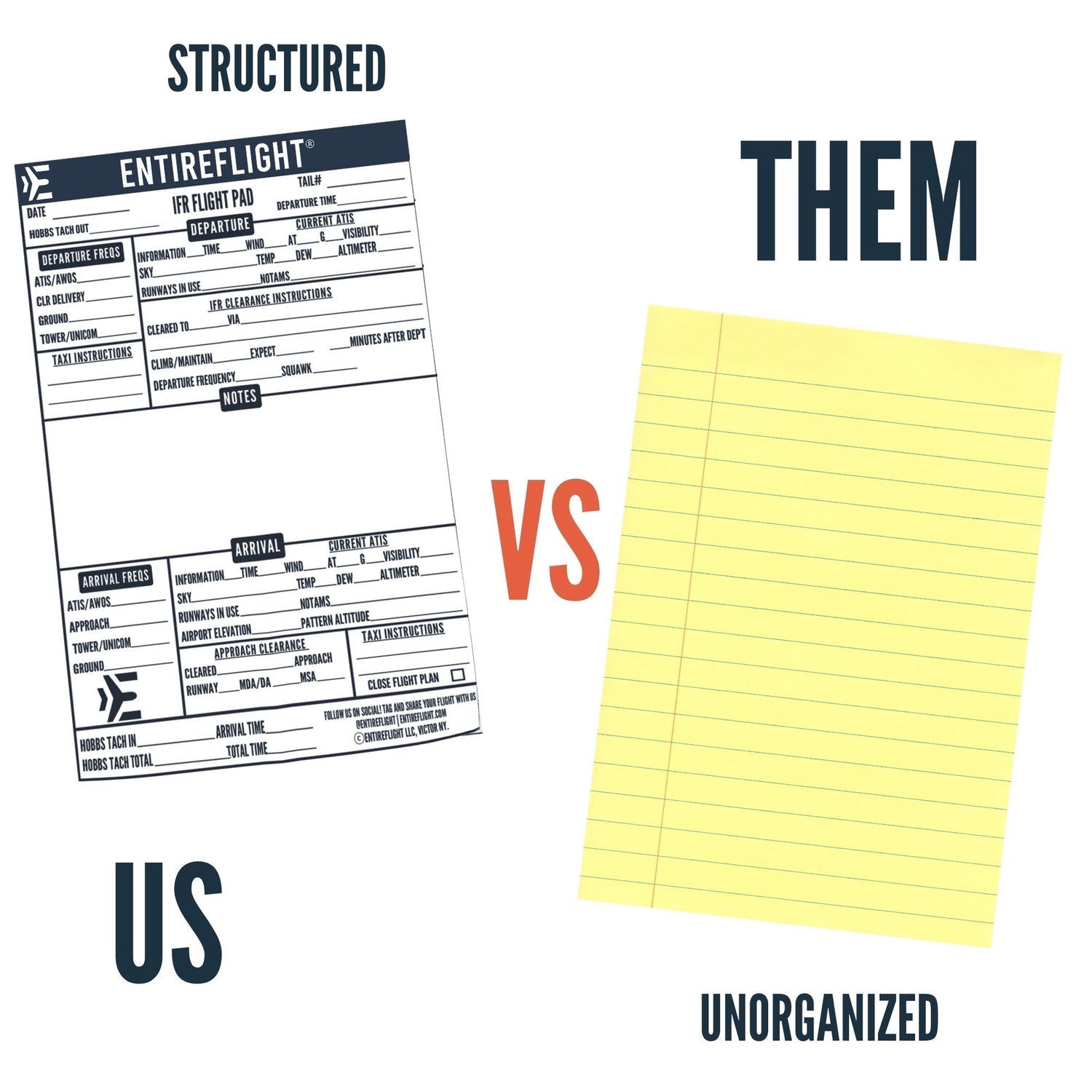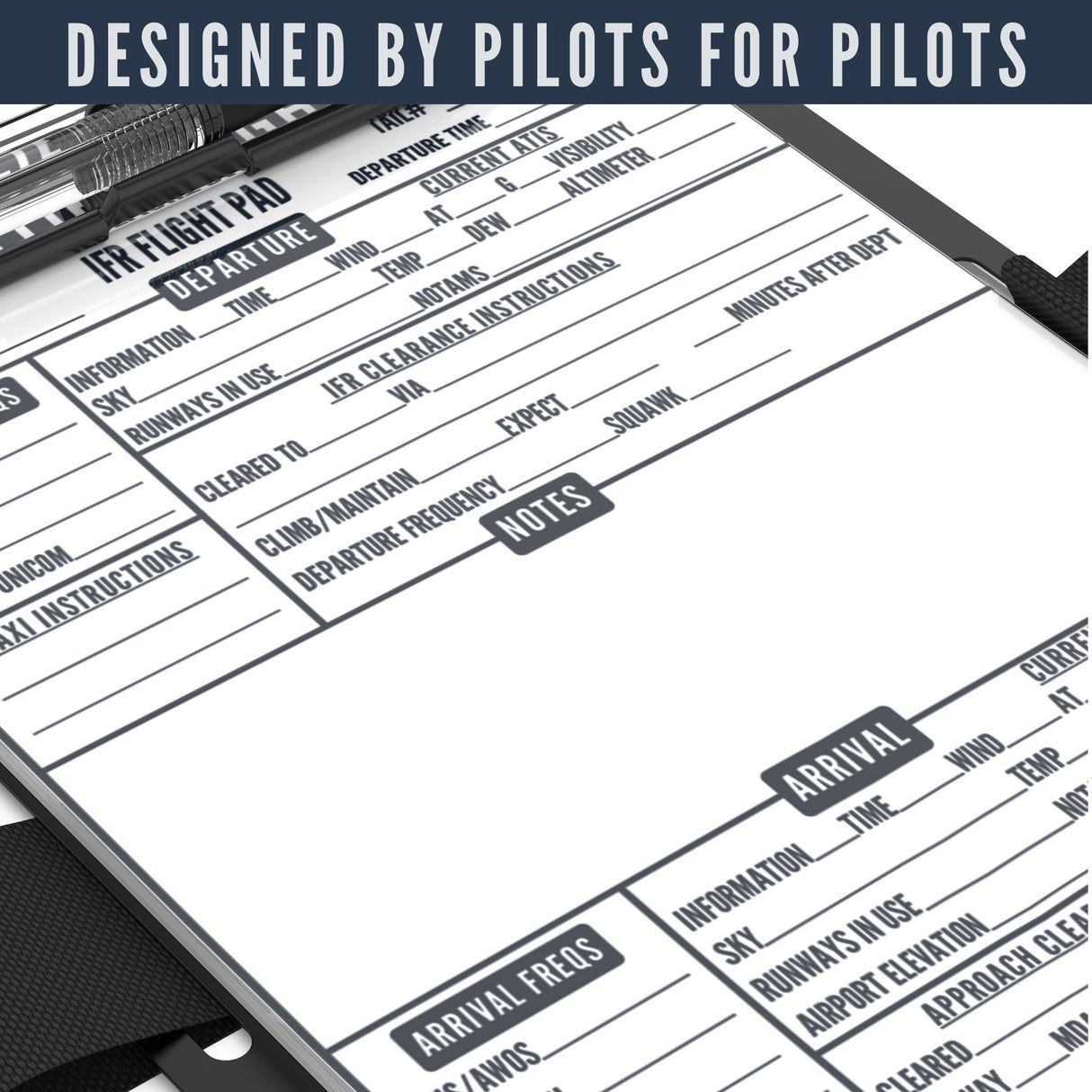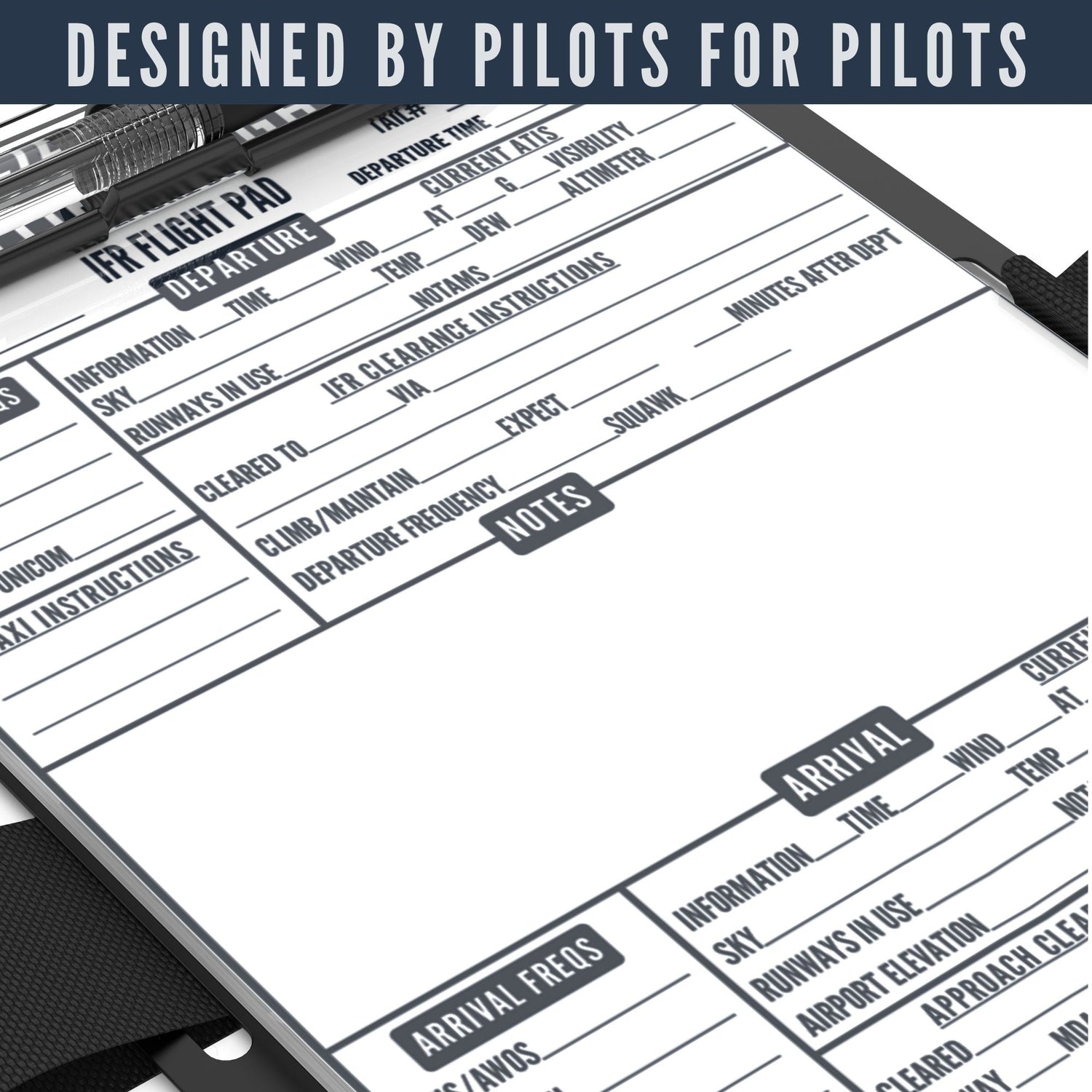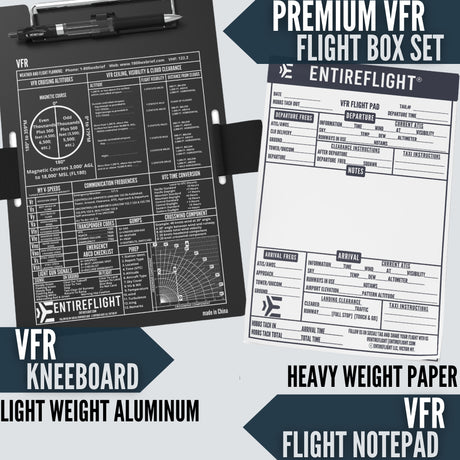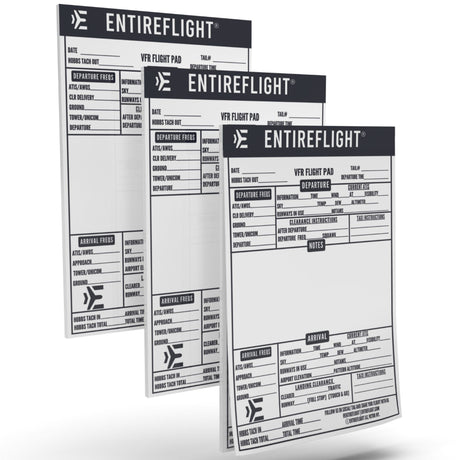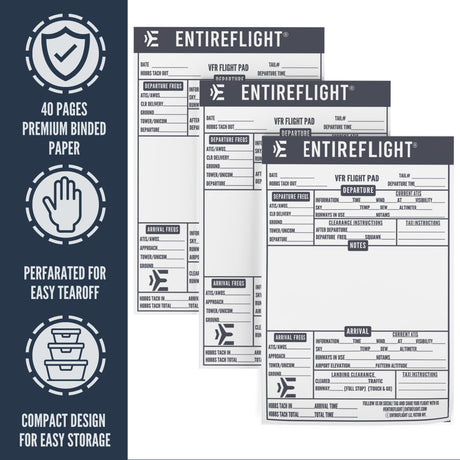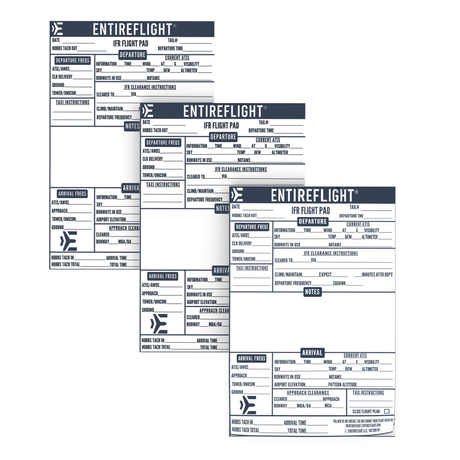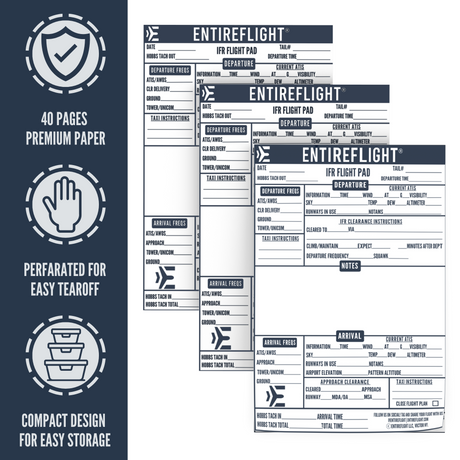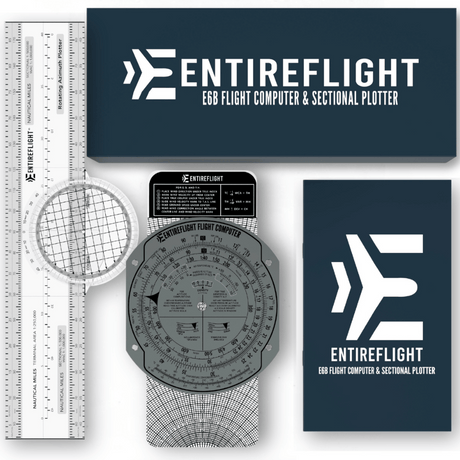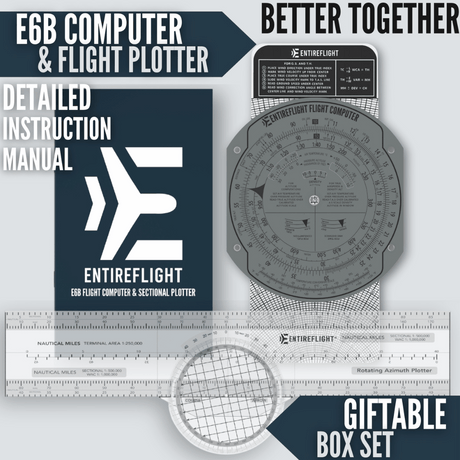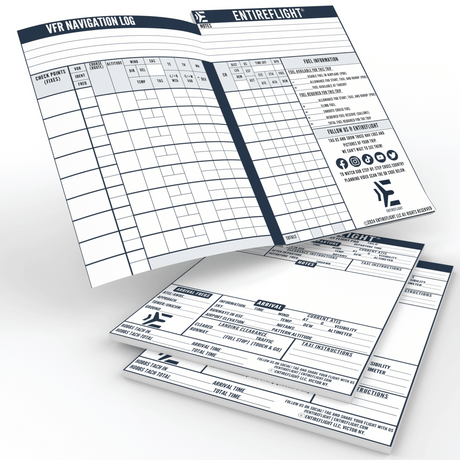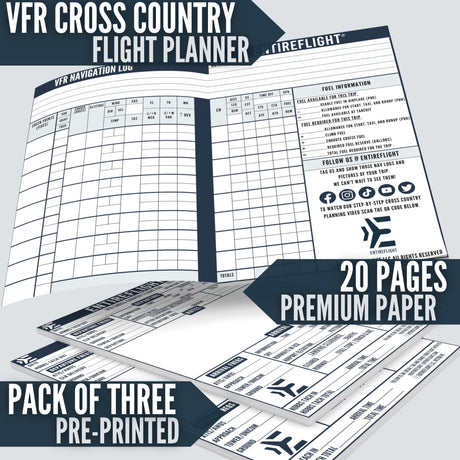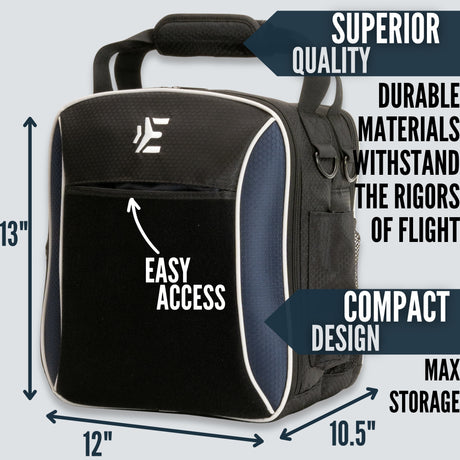Class E airspace is a type of airspace in the United States that is designated for controlled airspace. It is located above the surface of the earth and extends upward to a certain altitude. Class E airspace is typically found in areas where there is a moderate amount of air traffic, but not enough to warrant the use of Class B or C airspace.
In Class E airspace, pilots are required to follow specific rules and regulations when flying. These rules include maintaining a certain altitude, communicating with air traffic control, and following specific routes. Pilots must also have the appropriate training and certifications to fly in Class E airspace.
Overall, Class E airspace is an important part of the United States airspace system. It helps to ensure the safety of pilots and passengers by providing a controlled environment for air traffic. As a pilot, it is important to understand the rules and regulations associated with Class E airspace in order to fly safely and responsibly.
Definition of Class E Airspace
Class E airspace is one of the several types of airspace established by the Federal Aviation Administration (FAA) in the United States. It is designated for controlled airspace that extends from the surface to a specified altitude. Class E airspace is typically found at airports with an operational control tower, but it can also be found in other areas.
In Class E airspace, all aircraft are subject to specific rules and regulations, including mandatory communication with Air Traffic Control (ATC). The ATC provides separation between aircraft and ensures that they follow a specific flight path. The airspace may also have specific instrument approach procedures that pilots must follow to land at an airport.
Class E airspace is divided into several categories, including transition areas, en route areas, and terminal areas. Each category has its own specific rules and regulations.
One of the most important things to remember about Class E airspace is that it is not always depicted on aeronautical charts. Pilots need to be aware of the airspace boundaries and altitude restrictions by checking the appropriate FAA publications.
Characteristics of Class E Airspace
Here are some of the key characteristics of Class E airspace:
- Altitude: Class E airspace extends from the surface to a specified altitude, which can vary depending on the location. It can start at the surface or at a designated altitude, such as 700 feet AGL (above ground level).
- Visibility and cloud clearance: Pilots flying in Class E airspace are required to maintain a minimum visibility of 3 statute miles and stay clear of clouds by at least 500 feet below, 1,000 feet above, and 2,000 feet horizontally.
- Radio communication: Pilots flying in Class E airspace are required to establish two-way radio communication with ATC (air traffic control) before entering the airspace. They must also maintain communication while flying in the airspace.
- Equipment requirements: Pilots flying in Class E airspace are required to have specific equipment on board, such as a transponder and altitude reporting equipment. These requirements can vary depending on the altitude and location of the airspace.
- Special use airspace: Class E airspace can also be used for special purposes, such as military operations or aerial firefighting. In these cases, the airspace may have additional restrictions or requirements.
Regulations Governing Class E Airspace
The regulations governing Class E airspace are outlined in Federal Aviation Administration (FAA) regulations, specifically in 14 CFR Part 71.
When operating in Class E airspace, you must comply with various regulations, including:
- Minimum Altitude Requirements: Pilots must maintain a minimum altitude of 500 feet above the surface, unless they are taking off or landing. When flying over open water or sparsely populated areas, pilots must maintain a minimum altitude of 500 feet above any person, vessel, vehicle, or structure.
- Radio Communication Requirements: Pilots must establish two-way radio communication with air traffic control (ATC) before entering Class E airspace. This includes both IFR and VFR operations.
- Transponder Requirements: Pilots must operate an altitude reporting transponder (Mode C) when operating in Class E airspace at or above 10,000 feet mean sea level (MSL) and within 30 nautical miles of a Class B airport.
- Weather Minimums: Pilots must comply with specific weather minimums when operating in Class E airspace. For VFR operations, pilots must maintain a minimum of 3 miles visibility and remain clear of clouds. For IFR operations, pilots must comply with instrument flight rules and the specific weather minimums outlined in their clearance.
It is important to understand and comply with the regulations governing Class E airspace to ensure safe and efficient operations. Failure to comply with these regulations can result in enforcement action by the FAA.
Air Traffic Control in Class E Airspace
In Class E airspace, air traffic control services are provided to both IFR (Instrument Flight Rules) and VFR (Visual Flight Rules) aircraft. However, the level of service provided to VFR aircraft may vary depending on the specific airspace classification and the location of the airspace.
In most cases, VFR aircraft in Class E airspace are required to maintain two-way radio communication with air traffic control and to follow specific procedures to ensure safe separation from other aircraft. However, in some cases, VFR aircraft may be permitted to operate without communication with air traffic control, as long as they remain clear of clouds and maintain a certain altitude.
Air traffic control services in Class E airspace are provided by both FAA air traffic controllers and contracted private companies. These controllers are responsible for providing separation between aircraft, issuing clearances, and providing information on weather and other hazards.
It is important for pilots to understand the specific requirements and procedures for operating in Class E airspace, as failure to comply with these regulations can result in serious consequences. By maintaining clear communication with air traffic control and following established procedures, pilots can ensure safe and efficient operations in Class E airspace.
Operational Procedures in Class E Airspace
When operating in Class E airspace, there are certain procedures that you need to follow to ensure the safety of your flight. Here are some operational procedures that you should keep in mind when flying in Class E airspace:
- Radio Communications: In Class E airspace, you are not required to have two-way radio communications with air traffic control (ATC) unless you are flying under instrument flight rules (IFR). However, it is always a good idea to monitor the appropriate frequency and communicate with ATC if necessary.
- VFR Cloud Clearance Requirements: When flying under visual flight rules (VFR) in Class E airspace, you need to maintain a certain distance from clouds to ensure that you have adequate visibility. For example, you need to maintain a distance of at least 500 feet below, 1,000 feet above, and 2,000 feet horizontally from clouds.
- IFR Clearance: If you are flying under IFR in Class E airspace, you need to obtain an appropriate clearance from ATC before entering the airspace. This clearance will include your route of flight, altitude, and any other pertinent information.
- Traffic Advisories: ATC is not required to provide traffic advisories in Class E airspace, but they may do so if they have the resources available. It is always a good idea to use your own traffic alerting system and maintain a vigilant lookout for other aircraft.
- Transponder Requirements: If you are flying in Class E airspace above 10,000 feet mean sea level (MSL), you are required to have a Mode C transponder. This transponder will transmit your altitude information to ATC, allowing them to provide separation services.
Following these operational procedures will help ensure that you have a safe and enjoyable flight in Class E airspace.
Weather Minimums in Class E Airspace
When flying in Class E airspace, it is important to be aware of the weather minimums that are required for safe operation. These minimums are established to ensure that pilots have adequate visibility and cloud clearance to operate safely in the airspace.
The weather minimums for Class E airspace vary depending on the altitude and location of the airspace. In general, the minimums are higher for airspace at higher altitudes and in areas of higher traffic density.
Here are some general weather minimums for Class E airspace:
- Below 10,000 feet MSL: 3 statute miles visibility, 500 feet below, 1,000 feet above, and 2,000 feet horizontal cloud clearance
- Above 10,000 feet MSL: 5 statute miles visibility, 1,000 feet below, 1,000 feet above, and 1 statute mile horizontal cloud clearance
- Within 2,500 feet of a cloud or in any airspace below 1,000 feet AGL: clear of clouds and with at least 1 statute mile visibility
It is important to note that these are just general weather minimums and that specific airspace may have different requirements. Pilots should always consult the appropriate charts and publications to determine the weather minimums for the airspace they will be operating in.
Additionally, pilots should always exercise caution and good judgment when operating in Class E airspace, even if the weather minimums are met. Always be aware of other aircraft in the area and maintain a safe distance from them.
Aircraft Equipment Requirements for Class E Airspace
To operate in Class E airspace, your aircraft must meet certain equipment requirements. These requirements vary depending on the altitude and location of the airspace.
At or above 10,000 feet MSL, you must have an operable altitude reporting transponder and a two-way radio capable of communicating with ATC. Additionally, if you are flying under IFR, you must have a VOR or TACAN receiver.
Below 10,000 feet MSL, the equipment requirements for Class E airspace depend on the location of the airspace. In most cases, you must have a two-way radio capable of communicating with ATC. However, there are some exceptions:
- In Class E airspace below 10,000 feet MSL that is within 30 nautical miles of an airport listed in the Chart Supplement, you must have an operable altitude reporting transponder and a two-way radio capable of communicating with ATC.
- In Class E airspace below 10,000 feet MSL that is within 10 nautical miles of an airport listed in the Chart Supplement, you must have an operable altitude reporting transponder and a two-way radio capable of communicating with ATC. Additionally, if you are flying under IFR, you must have a VOR or TACAN receiver.
It is important to note that these equipment requirements are minimums. In some cases, ATC may require additional equipment or services, such as ADS-B or DME. Always check the Chart Supplement and contact ATC for specific requirements before flying in Class E airspace.
Pilot Certification Requirements for Class E Airspace
To fly in Class E airspace, you must have a private pilot certificate or higher. This means you must have at least 40 hours of flight time, including 20 hours of flight with an instructor and 10 hours of solo flight. Additionally, you must pass a written exam and a practical flight test.
If you plan to fly in Class E airspace above 10,000 feet mean sea level (MSL), you must also have an instrument rating. This rating requires additional training and testing to ensure you have the skills and knowledge necessary to fly in instrument meteorological conditions (IMC).
It's important to note that Class E airspace can have different requirements depending on the specific airspace designations and altitudes. Make sure to check the appropriate charts and publications to ensure you meet all necessary requirements before flying in Class E airspace.
Benefits and Limitations of Class E Airspace
Class E airspace offers many benefits for pilots. One of the main advantages is that it provides a controlled environment for aircraft operations. This means that pilots can fly with a greater degree of safety and confidence, knowing that there are specific rules and procedures in place to ensure that they are not at risk of colliding with other aircraft.
Another benefit of Class E airspace is that it typically has a higher altitude ceiling than other types of airspace. This means that pilots can fly at higher altitudes, which can be more efficient and can also offer better views of the surrounding terrain.
However, there are also some limitations to Class E airspace. One of the main limitations is that it can be more restrictive than other types of airspace. For example, pilots may be required to file a flight plan or obtain clearance from air traffic control before entering Class E airspace.
Another limitation is that Class E airspace may not be available in all areas. In some cases, pilots may need to fly through other types of airspace in order to reach their destination.
Conclusion
In conclusion, Class E airspace is an important part of the national airspace system. It serves as a transitional zone between controlled and uncontrolled airspace and helps to ensure the safety of all aircraft operating within it.
Overall, it is important for pilots to understand the rules and regulations governing Class E airspace in order to operate safely and efficiently. This includes understanding the minimum altitudes required for operation, as well as the specific types of communication and equipment required for different segments of Class E airspace.
By following these guidelines and maintaining situational awareness at all times, pilots can ensure that they are operating safely and effectively within Class E airspace, and contributing to the overall safety of the national airspace system.
Frequently Asked Questions
1 - What are the minimum visibility requirements for Class E airspace?
The minimum visibility requirements for Class E airspace are 3 statute miles. However, if the airspace is designated as a Federal Airways Route (FAR), the visibility requirement increases to 5 statute miles.
2 - What are the equipment requirements for Class E airspace?
The equipment requirements for Class E airspace depend on the altitude of the airspace. If the airspace is below 10,000 feet MSL, no specific equipment is required. However, if the airspace is above 10,000 feet MSL, aircraft must be equipped with a transponder and altitude reporting equipment.
3 - What is the difference between Class E and G airspace?
The main difference between Class E and G airspace is that Class E airspace is controlled, whereas Class G airspace is uncontrolled. Additionally, Class E airspace typically has higher visibility and cloud clearance requirements than Class G airspace.
4 - Can Class E airspace start at the surface?
Yes, Class E airspace can start at the surface. This is often the case at airports with instrument approaches or other special procedures.
5 - What are the dimensions of Class E airspace?
The dimensions of Class E airspace vary depending on the specific airspace designation. Class E airspace can extend from the surface to 18,000 feet MSL or higher, and can have lateral dimensions ranging from a few miles to hundreds of miles.

